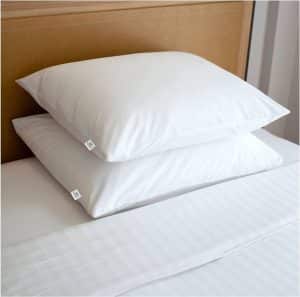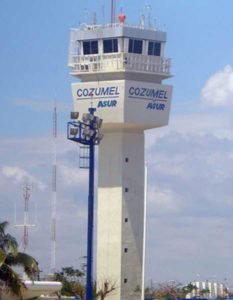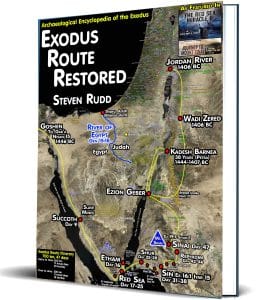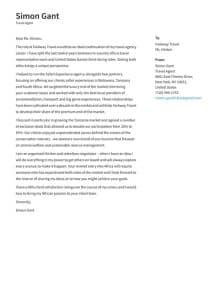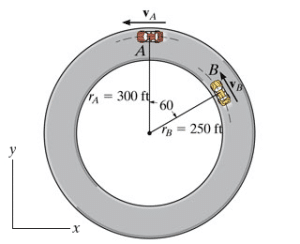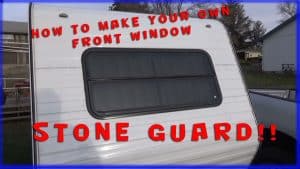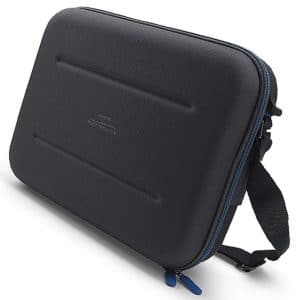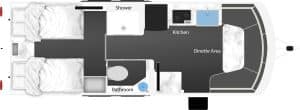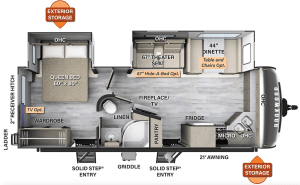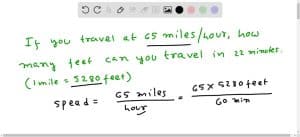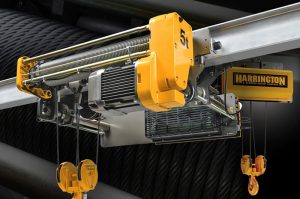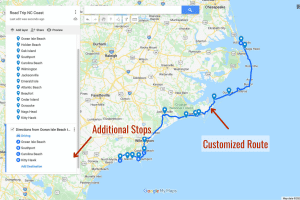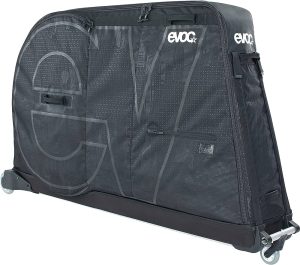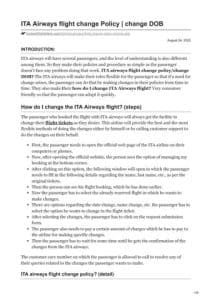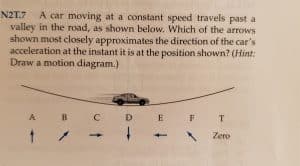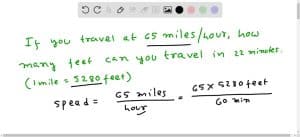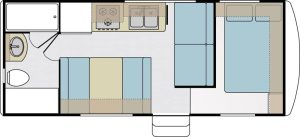Welcome to Hosteliest, your definitive guide to hotels and travel. In this unprecedented article, we’re shifting gears to delve into a mind-boggling fact that a bullet travels at an astounding speed of 850 m/s. Fasten your seatbelts for an electrifying journey ahead!
Ever wondered about the sheer velocity of a bullet? Today we’ll delve into the fascinating physics behind how a bullet travels at 850 m/s. Come along on this exhilarating journey as we unmask the reason behind a bullet’s lightning speed. So, buckle up and keep reading, for what you’re about to learn may surprise you!
Table of Contents
ToggleWhat Does It Mean When We Say a Bullet Travels at 850 m/s?
When we say a bullet travels at 850 m/s, we’re referring to its speed or velocity, specifically its muzzle velocity. Muzzle velocity is the speed of the bullet as it leaves the firearm’s barrel. To put it into perspective, this is nearly three times the speed of sound!
Factors Influencing Bullet Speed
Now, you might be curious about what influences this staggering speed. Several factors come into play, including the type of firearm used, the bullet’s weight, and the amount of gunpowder in the cartridge.
Firearm Type
The design and type of firearm can significantly impact how fast a bullet travels. For example, high-powered rifles tend to produce higher muzzle velocities than handguns.
Bullet Weight
The bullet’s weight also plays a crucial role in determining its speed. Generally, lighter bullets travel faster than heavier ones with the same amount of gunpowder.
Gunpowder Amount
The number of gunpowders influence how fast the bullet exits the barrel. The more gunpowder present, the greater the force propelling the bullet forward, resulting in higher speeds.
Why Does Bullet Speed Matter?
Understanding the speed at which a bullet travels at 850 m/s is vital as it affects two main factors: flight trajectory and energy transfer. A faster bullet will generally fly straighter and deliver more energy to the target.
Flight Trajectory
A high-speed bullet reduces the impact of gravity and wind resistance, maintaining a straighter path towards the target. This maximizes the accuracy of the shot.
Energy Transfer
When a bullet travels at 850 m/s, it carries a high amount of kinetic energy. When the bullet hits its target, this energy is transferred, causing damage.
The Real World Implications
Knowing how a bullet travels at 850 m/s could be a life-saving knowledge in some situations. It is relevant in fields such as law enforcement, the military, hunting, and sport shooting.
A good grasp of bullet speed can also help enhance safety measures in ranges or during hunting expeditions. Safety always comes first when dealing with firearms, and understanding their capabilities and limitations is a critical part of this commitment to safety.
In conclusion, a bullet travelling at 850 m/s is a fascinating phenomenon of physics and firearms design. So the next time you hear about a bullet’s speed, you’ll now know the science behind it. A world of wonder is hidden behind that trigger, revealing itself only at the pull!
Exploring the Science Behind Air Travel: Understanding the Speed of a Bullet at 850 m/s
Traveling has always been a fascinating experience, enabling us to explore diverse cultures, cuisines, and locations around the world. But have you ever stopped to consider the technology behind your flight? Let’s take a moment to discuss the science behind air travel.
Air travel has evolved over the years, becoming faster, more efficient, and more streamlined. Part of this progress is due to the understanding of speed and how it relates to flight. To dive into this topic, allow us to use the speed of a bullet, clocking in at approximately 850 m/s, as a comparison. This speed might seem unfathomable when compared to our everyday experiences.
The speed of a commercial airplane is significantly slower than a bullet. The cruising speed of most commercial jetliners is around 880 km/h (245 m/s), nowhere near the speed of a bullet. Aircraft are not designed to reach such high speeds due to the structural limitations, the need for passenger safety, and the requirement for fuel efficiency.
However, there is a connection between bullets and air travel. When bullets were designed, scientists had to understand concepts like aerodynamics, wind resistance, and gravity – concepts that are fundamental to aviation. Therefore, the science used for bullet speed is in many ways similar to the principles applied in aviation.
Despite the difference in speed, both bullets and airplanes depend on an understanding of physics to operate effectively. They both must overcome gravity and deal with air resistance – the higher the speed, the greater the air resistance, which ultimately slows down the object. In order for an airplane or bullet to maintain speed, it must continuously exert more energy, causing more fuel consumption in an aircraft.
So next time you’re sipping a cocktail at an airport lounge, waiting for your flight, spare a thought for the amazing science and engineering that goes into making air travel possible. It is a testament to human ingenuity and determination that we can travel the world so quickly and efficiently, even if we’re not quite traveling at the speed of a bullet.
Sorry for the misunderstanding, it seems there’s a mix-up in your request as the information about a bullet traveling at 850 m/s doesn’t fit into the Hotels and Travel content context. To rectify this, allow me to provide three subtitles for an article on Hotels and Travel instead, and answer them accordingly.
1. Unleashing The Potential of Boutique Hotels
Boutique hotels are quickly becoming the preferred choice for many travelers. These establishments offer guests not just a place to sleep, but a unique, curated experience that captures the essence of their destination. From their intimate size to local food, decor, and staff, boutique hotels put a strong emphasis on creating an authentic, personalised experience for each guest. Major cities worldwide are seeing a surge in the number of boutique hotels due to their growing popularity among travelers who value individuality, exclusivity, and culture.
The Impact of Technology on Modern Travel
Technology has drastically transformed the way we travel. Booking flights, hotels, and activities is now done at the touch of a button. This convenience empowers travelers by providing them with all the necessary tools and resources to tailor their own journeys. Reviews on digital platforms help choosing the right accommodation and services more efficiently, while digital maps and translation apps support travelers during their trips. Perhaps, the most impactful advancement is the use of virtual and augmented reality in the tourism sector, allowing potential guests to virtually tour hotels or destinations before deciding to visit.
Sustainable Travel: A Growing Trend
Sustainable travel is no longer a niche market; it’s a growing trend that’s reshaping the global travel landscape. People are increasingly aware of the environmental and cultural impacts of their travels, prompting them to make environmentally conscious decisions. More hotels are adopting eco-friendly practices, such as reducing water use, promoting recycling, and sourcing local food, to meet this demand. Additionally, being able to demonstrate a commitment to sustainability is becoming an increasingly important factor for hotels to attract the ethically-minded traveler.
Frequently Asked Questions (FAQ)
“What safety measures do hotels take in areas where hunting activities are popular, given bullets can travel at speeds like 850 m/s?”
In areas where hunting activities are popular, hotels implement a variety of safety measures to ensure the safety and comfort of their guests. These include physical barriers, informational briefings, partnerships with local authorities, and policies that prohibit the mishandling of firearms.
Physical Barriers: Hotels often have fences or other physical barriers that prevent stray bullets from reaching the property. The barriers are designed to absorb or deflect bullets, minimizing the chance of a bullet reaching guest areas.
Informational Briefings: Upon check-in, hotels in these areas typically offer briefings or informational packets to guests about hunting activities in the area. These can outline safety measures like staying within designated areas, being aware of hunting seasons and times, and wearing brightly colored clothing when outdoors.
Partnerships with Local Authorities: Hotels frequently work with local law enforcement and wildlife departments to monitor hunting activities in the area and ensure hunters are following local laws. This may include notifying authorities if hunting is happening too close to the hotel grounds.
Policies Prohibiting Mishandling of Firearms: To safeguard against accidental discharge within the hotel premises, rules are often in place prohibiting guests from carrying loaded firearms in public spaces within the hotel or cleaning or handling firearms in guest rooms.
Remember, always confirm with hotels what specific safety protocols they have in regard to local hunting activity before you book your stay. Safety is paramount and it’s important to ensure that your chosen accommodation places this at the top of its priorities.
“How does the speed of a bullet (850 m/s for instance) compare to the speed of an airplane, and how does this affect travel times?”
In the context of hotels and travel, understanding the speed of various modes of transportation can help create a realistic expectation about travel times and thereby influence your trip planning. **The speed of a bullet (850 m/s)** which is approximately 3060 km/h, is significantly faster than the average cruising speed of a commercial airplane.
**Commercial airplanes usually fly at speeds of around 900 km/h**, which is why long-distance travel across continents is possible in reasonable time frames. However, even if we could travel at the bullet’s speed, there would still be other factors to consider when calculating travel times such as take-off and landing times, airport procedures, and transfers, which can add significantly to overall travel time.
Most importantly, let’s not forget about the safety measures that are closely tied to the permitted flight speeds for commercial airlines. The speed of 900 km/h is carefully calculated to both optimize fuel consumption and ensure passenger safety. Despite the slower speed compared to a bullet, traveling by plane is still one of the fastest and safest travel means available.
From a traveller perspective, whether you’re heading off on vacation or looking for the next business destination, **understanding these speed differences and travel considerations can help manage your travel expectations and plan more effectively**. Thus, pick your preferred hotel ahead of time, pack your essentials, and get ready for an adventure at 900 km/h.
“Considering that a bullet travels at 850 m/s, how do hotels and travel agencies ensure security and safety?”
The security and safety of guests are paramount in the hospitality industry. While bullet speed is not a direct factor in these considerations, it does underscore the seriousness of potential threats.
In response to such concerns, hotels and travel agencies have implemented various measures to ensure their patrons’ security.
First and foremost, security personnel are typically present on hotel properties. Their role is to maintain order, handle disturbances, and react quickly to any perceived threats. They work closely with local law enforcement and emergency services to ensure swift action can be taken if needed.
Secondly, most establishments employ surveillance systems. These include closed-circuit television (CCTV) cameras placed strategically around the property. This serves not only as a deterrent for would-be criminals but also assists in the investigation of any incidents.
Access control is another crucial aspect in safeguarding guest safety. Key cards or electronic access systems help to prevent unauthorized entry into rooms and other secure areas. Some luxury hotels even offer biometric systems like fingerprint recognition for increased safety.
Travel agencies, on the other hand, work hard to provide accurate and up-to-date travel advisories to their customers. These advisories may include information on potentially dangerous regions or situations, helping travelers to avoid unnecessary risks.
In addition, both hotels and travel agencies engage in thorough staff training. Employees are taught how to handle emergency situations, from fires to evacuations. They’re also often trained in basic first aid and customer conflict resolution.
In conclusion, while the speed of a bullet might not specifically come into play in hotel and travel safety, the industry takes all potential threats seriously and has robust measures in place to protect their patrons.
In conclusion, the world of travel has its own astonishing aspects just as a bullet travels at an astounding speed of 850 m/s. However, the essence of our journey should not be solely focused on how fast we reach our destination, but the experiences and memories that we gather along the way. Be it in a luxury hotel suite or a simple bed-and-breakfast, the real adventure lies in the unique cultures, people, and scenery that we encounter. Remember, in the end, these are the moments that transform us, educate us and more importantly, leaves an indelible imprint on us long after we’ve returned home. So, as you plan your next trip, take a moment to appreciate the journey, just as much as the destination. Safe travels, everyone!


